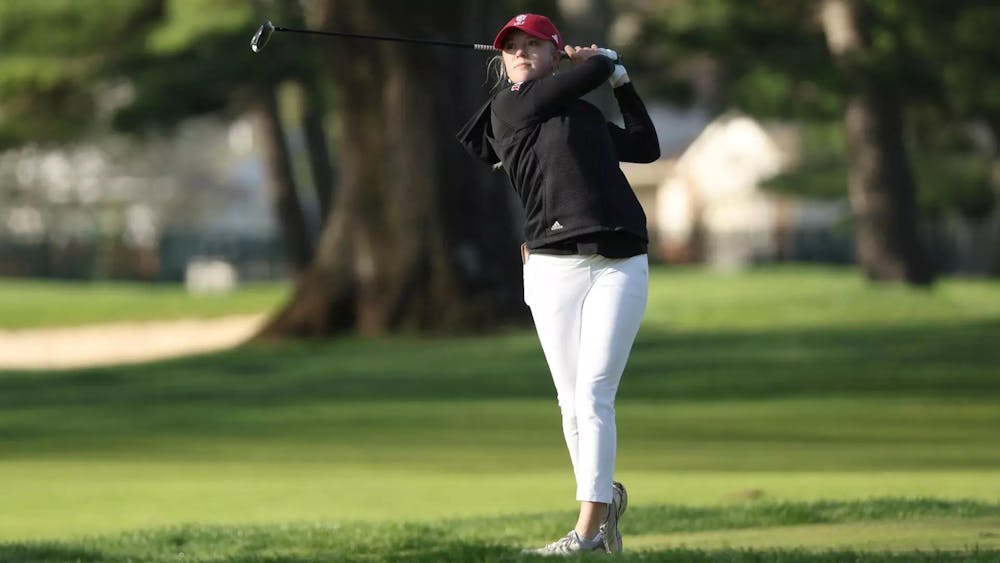Wireless companies are expected to see a revenue increase following a Nov. 24 deadline to allow consumers to keep their number if they pick up a new service. Local Number Portability (LNP) is a concept the FCC mandated in 1996 and made to include wireless phone numbers in 1997.\nLNP allows wireless consumers to keep their same telephone number if they switch carriers, as well as allowing wireline (landline) customers to keep their number if they switch to wireless, said Travis Larson, an wireless expert for the Cellular Telecommunications & Internet Association (CTIA) in Washington, D.C.\nLarson said LNP's transfer ownership will allow consumers to own their phone numbers instead of companies. The ability to transfer ownership will create competition between different providers for the millions of wireless consumers. \n"It's gonna create a mess," said Guzman and Co. analyst Patrick Comack, a wireless industry expert. \nComack said the industry will be shaken up heavily in the next two years battling each other for wireless consumers. Comack said he thinks the industry will grow at least seven percent because of LNP.\nComack rates Nextel as having the highest potential for growth, while he predicts Verizon will create the largest amount of industry advertising.\nThe Nov. 24 deadline to allow consumers to keep their number if they pick up a new service applies to the FCC's top 100 markets across the United States, including Indianapolis and Louisville. While these analysts all seem to agree that LNP will positively affect the wireless providers consumer base, no one seems entirely certain how many consumers will take advantage of the policy. Larson said the CTIA's studies show as many as nine million people will take advantage of LNP in the first week. During the first year, he said his information shows 18 million people will have taken advantage. \nThe disparity in the number switch between the one week and one year projections, "tells me they haven't got a clue," said Larson. \nAnother aspect Larson highlights is the amount of consumers in young age groups who will benefit from LNP if they decide to "cut the cord."\nLarson said cutting the cord means to go from wireline phones to completely wireless. Larson estimates 15-19 million Americans will choose to cut their cords. Noting a 71 percent presence of the 20-24 year old age group CTIA predicts strong competition between service providers to attract this demographic after the November deadline.\n"Cell phone companies will really screw you over," said sophomore Erin Farlow. "If you want a new plan it would be really frustrating to contact everyone and tell give them your new information. It would be cool," she said about consumers being able to take the number from company to company.\nBut Verizon Wireless' David Clevenger said his company views the number of potential customers who will decide to go from landline to completely wireless as a negligible influence on decisions the company will make in attracting new customers.\nClevenger said he doesn't think many people will want to make the leap and cut their cords, but he does think LNP will boost Verizon's overall business.\n"We think we will have an increase in customers because of LNP," Clevenger said.\nClevenger does not attribute Verizon's financial success and growth to the offering of low prices and special deals, but providing the most reliable network as compared with its competitors. Clevenger said Verizon's quarterly increase in customers is in the millions and the company is having a record-breaking year.
Making cell phones work for you
Cell phone plans have you scared? Federal regulations could ease tensions by creating competition
Get stories like this in your inbox
Subscribe





